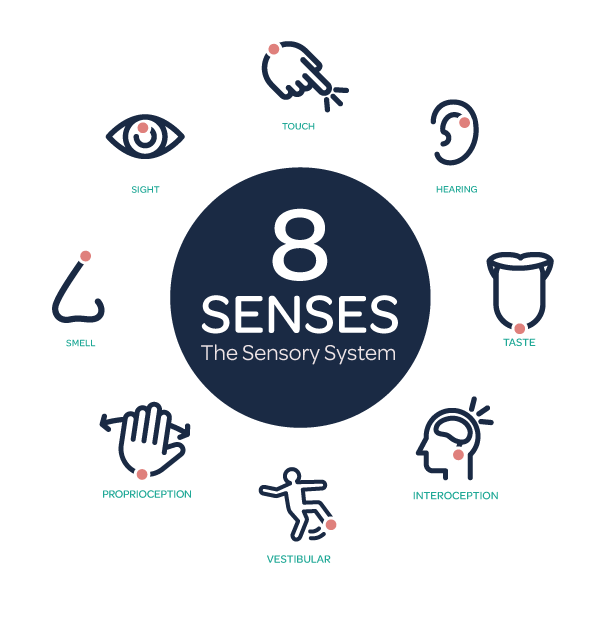Sensory Awareness of disability and being aware of the demands of both adults and children who have disabilities isn’t something we’re born with. Many of us have siblings, children, parents, friends, or loved ones who have disabilities, and the lessons we’ve learned from them have given us a sense of acceptance for people with disabilities. In the absence of these lessons, kids, teenagers, and young adults could not comprehend the experience of having disabilities and why everyone must be compassionate and understanding.
Each of us has had a moment or more where we felt marginalized, uncomfortable, and maybe not being accepted. How would you feel if you experienced this every single day? The teaching of students to recognize and be considerate of the diversity of their classmates leads to friendship and acceptance. It is hoped that this type of instruction will inspire students to aid others in need.
How can we educate students about disability and awareness?
One of the best presentations that are best described is presented through a planned system. That offers the “More Alike Than Different” presentation that has educated students of all ages about how vital disability sensitivity is and why it is important to embrace all people of all capabilities. Of course, there are timeless examples that can utilize throughout all levels, and presentation techniques and presentation styles should be tailored to accommodate all ages and levels of education. It’s vital to stress the importance of preserving the dignity of those with disabilities and ensuring that students are aware and considerate of the disabled community.
Understanding Physical Disabilities
Numerous conditions affect mobility for a person. A few examples are cerebral palsy, multiple sclerosis paralysis, stroke, arthritis, muscular dystrophy, and many more. In many instances, it is the case might require that a wheelchair, walker, or cane. Inviting students to consider how they could get around the school as well as their home, the neighborhood, and other events in the community could be stimulating. They will certainly spark some interesting discussions about the places in their lives that restrict access to and participation.
Understanding Cognitive Disabilities
People with cognitive disabilities are often misinterpreted as children incapable of learning because of the difficulty they have in conveying their thoughts and desires. There is a stigma that stifles their intelligence, leading to their strengths and talents being overlooked. The main thing everyone needs to understand is that the inability of a person to speak does not render them less intelligent or not altogether. Students should be given a chance to be aware of their communication challenges by pairing with two other students in teams. Each team is given a sentence that each student has to attempt to communicate without talking, writing, or drawing. It will be fascinating to see how they manage to get their message across.
The learning process of hearing Impaired Disabilities
A difficult aspect of demonstrating or modeling is the difficulty of being unable to hear. Have students imagine what it’s like to live in a completely silent place. One way to do this is to ask the class to split into groups, remain still, and attempt to engage in conversations with headphones that block noise and utter phrases and words to one another with no sound. Auditory issues do not only concern concerns with living in a silent world. Sometimes the sound can be changed or altered. Another example would be to request children to wear headphones so that only static is heard. The challenge of trying to communicate or to go all day long listening to static could be a challenge.
Learning about visually impaired Disabilities
Visual impairment doesn’t just mean the result of being blind and living in darkness. It could also refer to having low depth perception or being unable to discern things. Technology has enabled training teams to use vision simulators which can be used to provide students with an understanding of what it’s like being “legally blind.” Using low-tech techniques can help. Split the students into three classes. Request that group one wear blindfolds and group two put on the thick glasses from a store while group three put on the eye patch. Have students conduct an everyday class activity and write about their experiences and how they could adapt.
The Greatest Message and Takeaway of All
Although these scenarios can give students an understanding of what it would be like to face the challenges mentioned above, it’s not the same as living it today. Students must comprehend the importance of this message. Find out if the incident changed their motivation to make friends? Did it alter how much they want to laugh or to have fun? One of the most important and most important lessons in these events is to show that those who are disabled are not competent, smarter, or insignificant. Whatever challenges they encounter, they are resilient people who can adapt to different circumstances and live life the same as us. Adults and children with disabilities can deal with the challenges they face and accomplish incredible things, as many commonalities as there are differences among every one of us. Everyone wants to be friends. Everyone wants to be accepted. Everyone wants to be part of the group.

